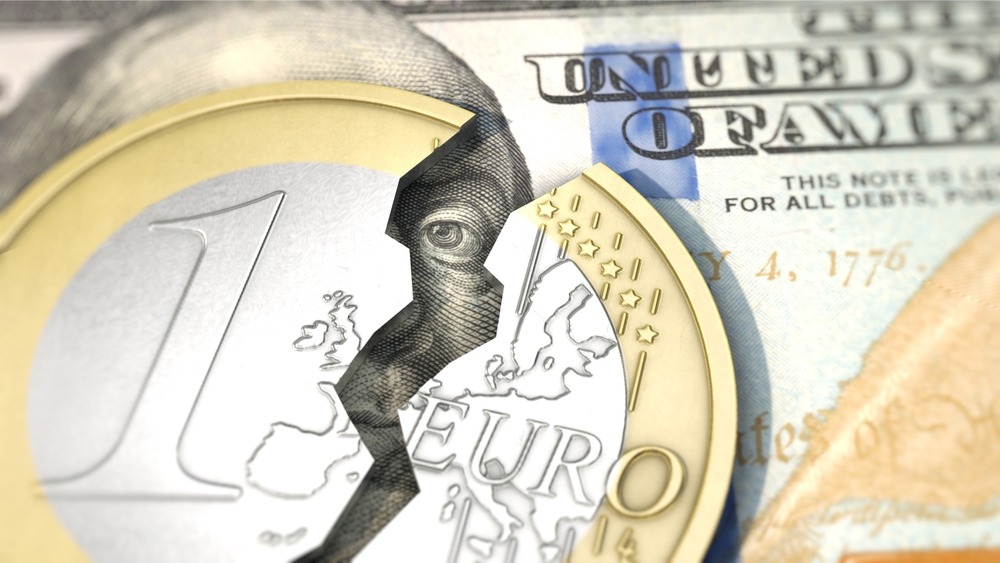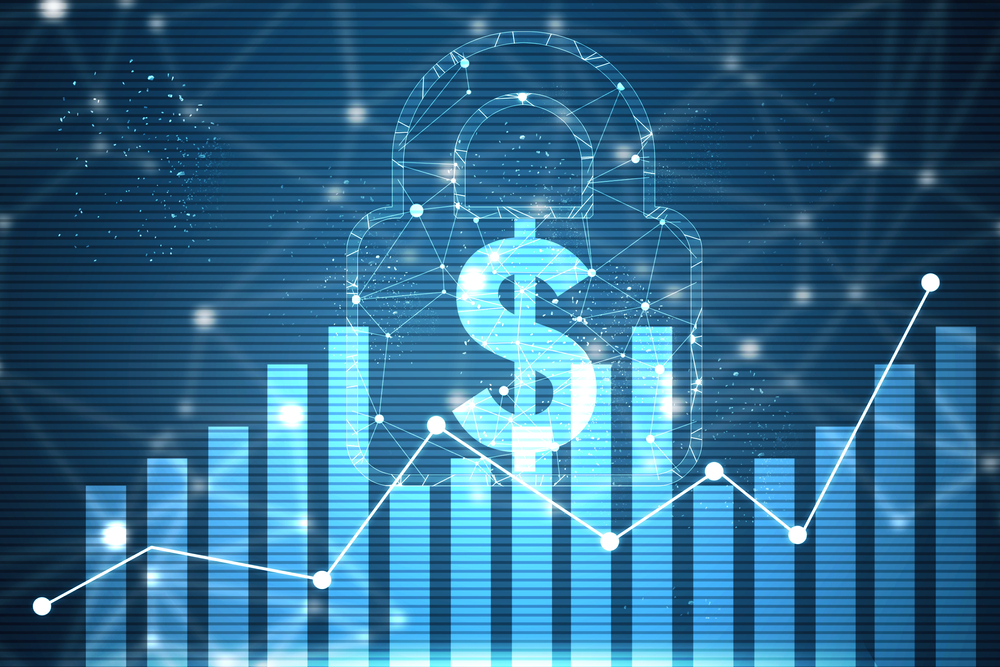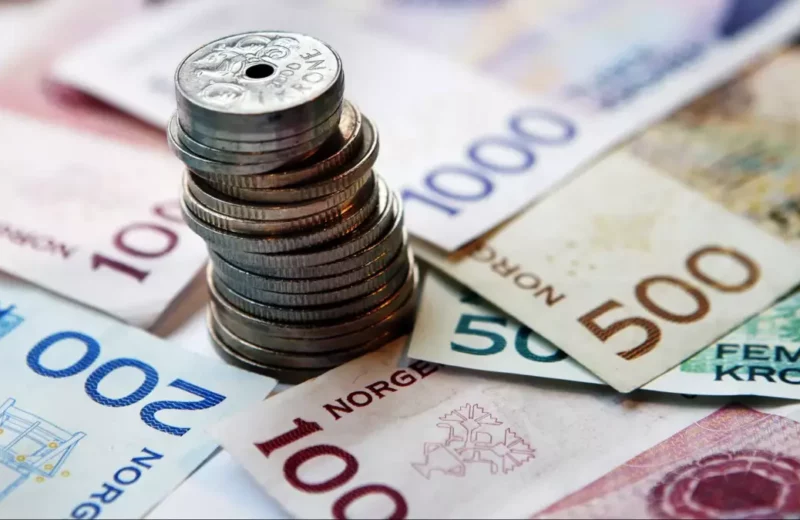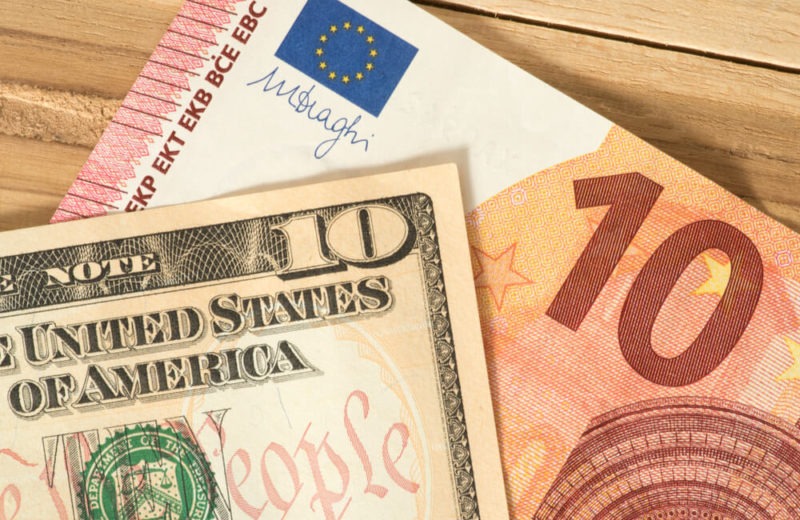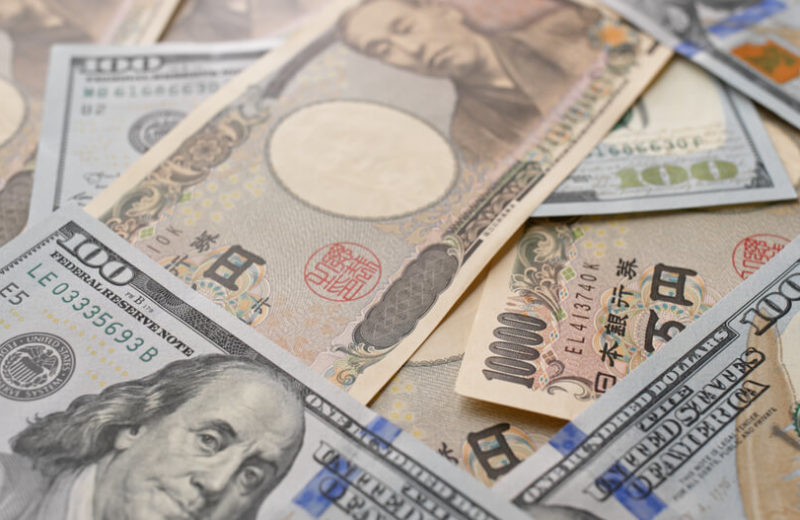The euro exchange rate finds itself under selling pressure as renewed USD demand takes centre stage. The rekindled expectations of additional Fed rate hikes are contributing to the bolstered US Dollar, exerting influence on the EUR/USD pair.
Growing Confidence in Fed’s Hawkish Stance Bolsters USD
The revival of confidence in the Federal Reserve’s commitment to a hawkish stance prompts a dip-buying spree for the US Dollar. This development has a notable impact on the EUR/USD pair, creating a pullback scenario for the Euro.
Anticipations of the European Central Bank (ECB) concluding its nine consecutive interest rate hikes in September cast a shadow on the Euro’s performance. Signs pointing towards a plateau in underlying Euro Zone inflation contribute to the weakening sentiment surrounding the shared currency.
Key Drivers of EUR/USD’s Current Trajectory
The EUR/USD pair encounters resistance in the aftermath of the US Nonfarm Payrolls (NFP) print. The pullback has pushed the spot price below the psychological level of 1.1000. The pair’s current retreat follows a brief rebound from the 100-day Simple Moving Average (SMA), which stood at around 1.0910, marking a near one-month low observed last Thursday.
As per the US monthly employment data, wage growth and a minor drop in the unemployment rate provide evidence of a persistently tight labour market. However, the modest job addition of 187K in July supports the likelihood of another 25 basis points rate hike. There is a high probability that the Fed will serve as a key driving force behind the USD‘s resurgence.
Euro’s Downward Potential Ahead of US CPI Report
In contrast, the Euro grapples with diminishing prospects of further rate hikes by the ECB. A Fitch Ratings report compounds the future possibility while suggesting a decline in Euro Zone inflation. The ECB’s economic bulletin echoes this sentiment, indicating that the region’s underlying inflation likely peaked in H1 2023. As a result, the offered tone around the EUR/USD pair strengthens.
Market focus shifts to the upcoming US Consumer Price Index (CPI) report on Thursday, a crucial determinant of the Fed’s future rate-hike trajectory and the USD’s performance. On the immediate horizon, Euro Zone macro data, including German Industrial Production and Sentix Investor Confidence, will influence traders’ sentiment.
Technical Analysis and Support Levels
Technical indicators offer insights into the EUR/USD pair’s potential movement. The previous support line from early July, coupled with bullish MACD signals and a positive RSI (14) line. The occurrence provides some optimism for Euro buyers. Notably, the 1.0990 immediate support level, the 50% Fibonacci retracement near 1.0950, and the triangle’s bottom line around 1.0920 serves as crucial support challenges for potential EUR/USD bearish movements.
In addition, the 61.8% Fibonacci retracement around 1.0880 is likely to present formidable hurdles for Euro sellers. Especially considering the previous monthly low of approximately 1.0830. Conversely, the 200-SMA level at roughly 1.1020 acts as an immediate recovery point for the EUR/USD pair, followed by the triangle’s top line near 1.1030.
Potential Upside and Concluding Thoughts
Further on, the late July swing high around 1.1050 stands as a final barrier against Euro bears. Potentially, it directed the pair toward the yearly high of 1.1275. As the week unfolds, market participants eagerly await the US CPI report’s impact on the currency landscape while technical indicators guide potential trading strategies for the EUR/USD pair.


